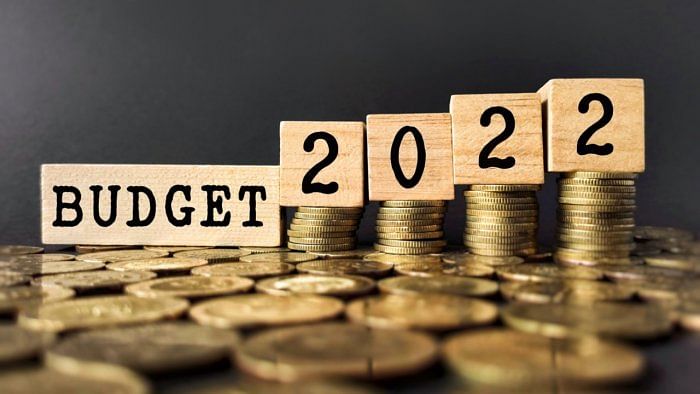To say that Union budget announcement has far too little to offer to the children and the youth of the country would be a rather blunt, yet unfortunately, true statement. Short-changed at the hands of ensuring better digital inclusion across all levels of society, the share in Budget 2022-23 for children has steadily decreased to 2.35% from 2.46% last year.
At a time when 80% of our children have been through over 15 months of Covid-enforced school closures, no access to digital devices and grave nutritional gaps, the decrease in allocation, lowest in 11 years, means we have failed our children, yet again.
A cursory search shows that the Finance Minister’s speech mentioned children only three times, while youth, although mentioned six times, is referred notionally in only those references that speak about potential welfare schemes. While the Budget mentioned the upgradation of two lakh new generation Saksham anganwadis with better infrastructure and audio-visual aids, powered by clean energy to ensure better environment for early child development, the allocation on the ground reads vastly different. The actual hike towards the Saksham Anganwadi and Poshan 2.0 Scheme amounts to a slight hike of 0.7% without any mention of separate allocation towards nutrition requirements or the minimum wage demands of anganwadi workers.
Also, reduction in the allocation to NREGS means that parents in rural areas are going to find it much more difficult to send their children back to school. In 2022-23, child protection has received only 0.04% of the total Union Budget even in the wake of increased child protection concerns arising from the pandemic.
Although, the education budget saw a small increase of over 10% from Rs 93,224 crore in FY 21-22 to Rs 104,278 crore this year, one must remember that the education budget continues to remain below the recommended 6% of the GDP. Digital learning finds a big space in this year’s budget along with setting up of the “One class-one TV channel’ programme of PM eVIDYA and will expand to 200 channels with content available in regional languages.
The Budget mentions the setting up of a digital university with a hub and spoke model and includes the creation of a high-quality digital content library, 750 e-labs in science and mathematics and 75 e-labs for skilling.
These new announcements while laudable, do little to appease our young people who are still reeling from the devastation caused by the pandemic. The focus on digital education does little to hide the fact that more than half our children were not able to use smartphones for educational purposes as per the Annual Status of Education Report 2021.
While the Budget has accounted for different child-centered allocations across various departments, it has not actually ensured that key interventions for children are being catered to in the wake of the pandemic. Isn’t it time for the government to address the needs of over 40% of the country’s population, that is our children, instead of looking at it only through the lens of the various department heads?
Ministries that concern young people and children are spread across and include the ministry of education, women and child, youth affairs among others. But where is the ministry that is truly seeking the welfare of our young people? Where is the ministry that is keeping track of the needs of our vulnerable children who have lost their childhood in the last two years?
The present budgetary allocations seem far removed from the realities around us. As a country, we look at economic indicators of success, and failing at them, instead of a people-focused approach. Children are not merely tools that make a 5 trillion-dollar GDP possible. Our budgets must be driven by the needs and development of its people, the outcome of which leads to better GDP. Only then can we be a truly inclusive and thriving economy and country.
(The writer is the CEO, Dream a Dream, an NGO working towards empowering youngsters from vulnerable backgrounds)
